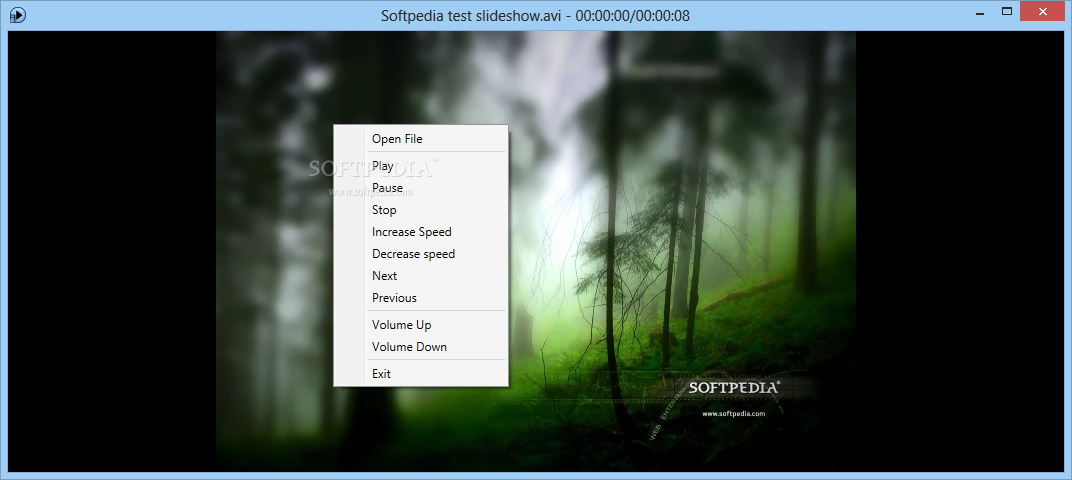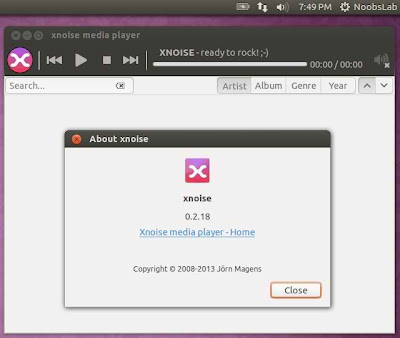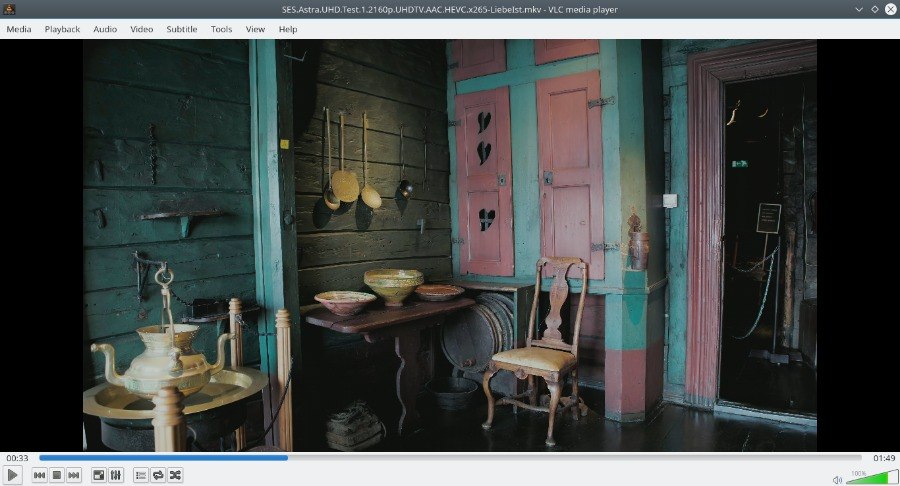
- #Free media player linux mac os
- #Free media player linux install
- #Free media player linux update
- #Free media player linux download
#Free media player linux install
You can use Ubuntu Software which is a GUI Interface to install if you are not comfortable with the command as shown below. VLC Installation using Ubuntu Software(Graphical Method) Run the below command to remove or uninstall the VLC media player. The current version is 3.0.5-1 at the time of writing this article.ģ. Name Version Rev Tracking Publisher Notes You can check the snap version using the below command. Run the below command on the terminal for installation. Run the below command to install the VLC snap package.ġ. Login to the Ubuntu system and then open the terminal by pressing CTRL+ALT+ T buttons. Snaps provide secure distribution of the latest apps and utilities for the cloud, servers, desktops, and the internet of things. So you can also use a snap command for installation. VLC is also available as a Ubuntu snap package. Accept Privacy and Network access policy. You should see the media player as shown below. Run install command $ sudo apt-get install vlcĤ. You need to install vlc – multimedia player and streamer.ģ. Search the repository using the below command.
#Free media player linux update
Update the source list using the below command. Run the below commands to install VLC on Ubuntu,ġ. Ubuntu provides a versatile apt-get command utility to install the software. Login to the Ubuntu system and then open the terminal by pressing CTRL+ALT+ T. VLC is available in Ubuntu’s default source repository. Install VLC using Commands(Terminal) on Ubuntu We are going to cover each method, but you should be using either. You can install VLC using the apt-get command, snap package, or using Ubuntu software manager.
#Free media player linux download
For Windows and other OS, click to download the media player We are going to use the Ubuntu Linux flavor for the demonstration that we set up using VirtualBox. Free and Open Source – no spyware, no ads, and no user tracking.Ĭheck features in detail on the official site.
#Free media player linux mac os

Either way, SMPlayer is a good point to start given its minimal size, ability to play any audio and video format, and other extra features for enjoyable user experience.

We’ve got several GUI and command-line media players over the years and I’m wondering if you have used any of them yet. It uses the prolific MPlayer for playback so you’re sure to have an enjoyable user experience.

SMPlayer also features also advanced features like video and audio filters, subtitle delay, audio adjustment, video equalizer, change of playback speed, and many more. Those built with Qt 5 for OpenSUSE, Fedora, Debian, and Ubuntu can be downloaded from here. The packages for Ubuntu are built using Qt 4. $ sudo apt-get install smplayer smplayer-themes smplayer-skins Install SMPlayer on Debian, Ubuntu, and their derivatives by running these commands: $ sudo add-apt-repository ppa:rvm/smplayer


 0 kommentar(er)
0 kommentar(er)
